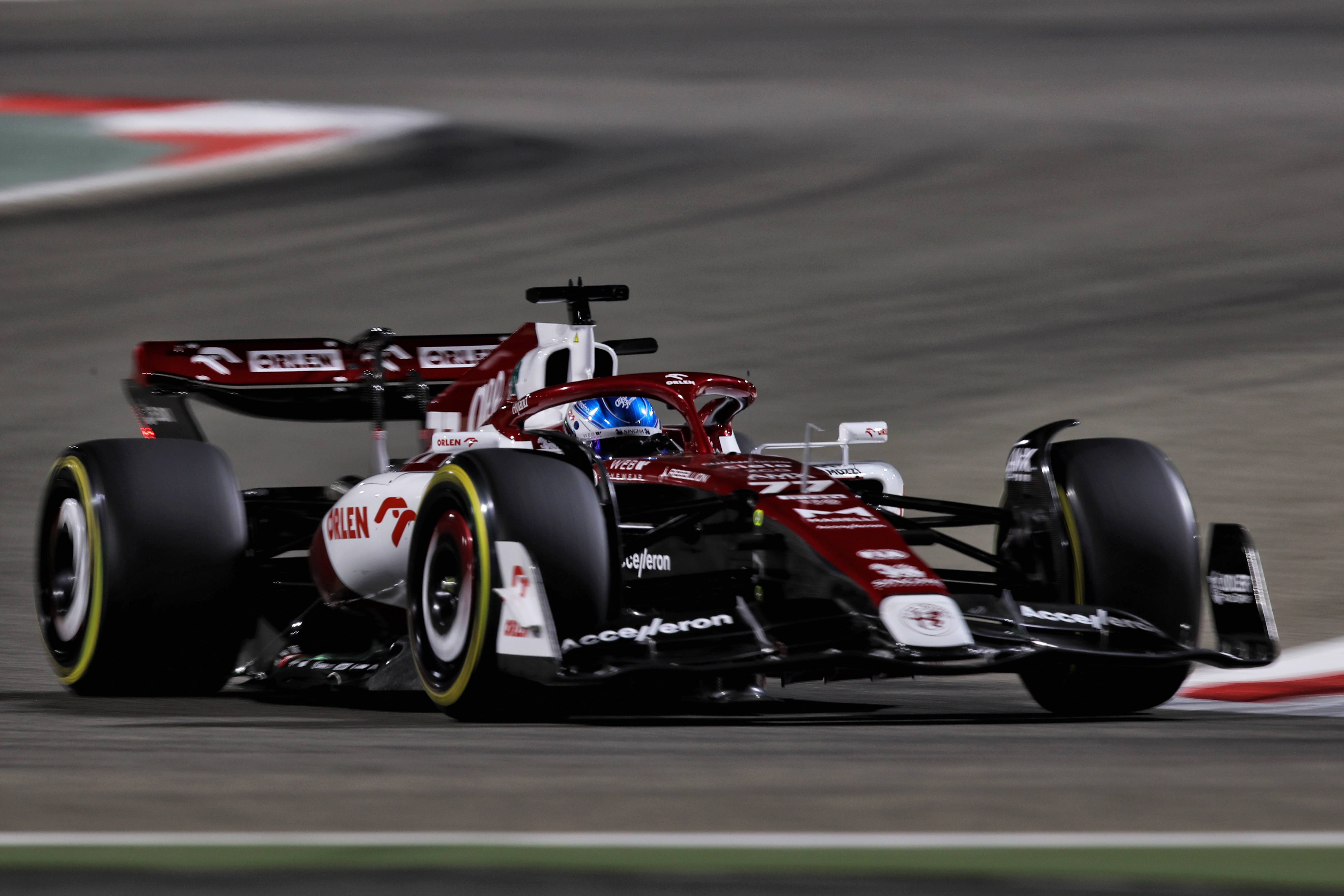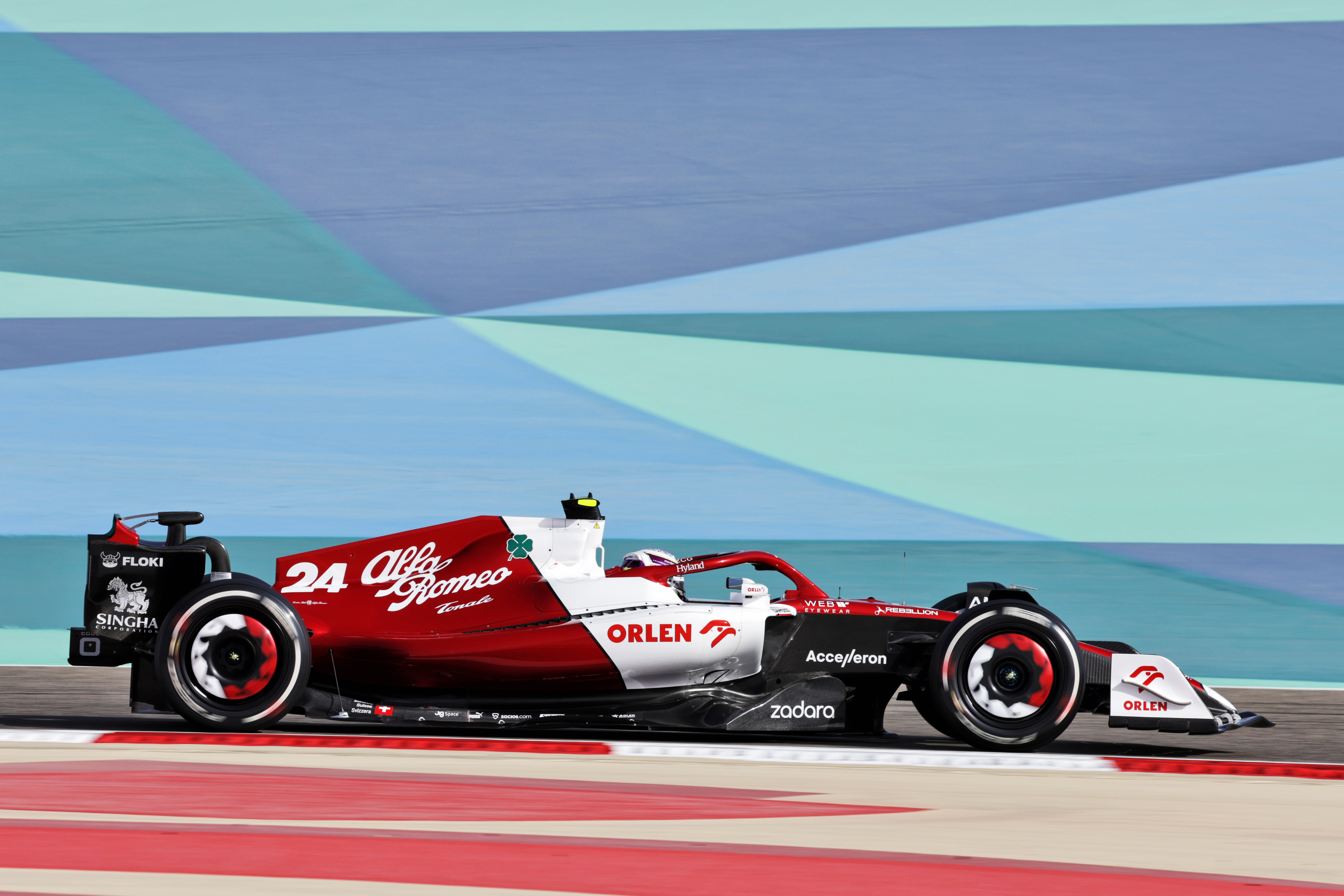Up Next

Exactly where Alfa Romeo shakes out in the competitive order in 2022 is yet to become clear, but the team is confident the C42 package is good enough to give it a firm foundation for Formula 1’s new rules cycle.
The last time there was a major overhaul of the regulations in 2017, the Sauber team was held back by the hangover of financial problems that were only solved in the middle of the previous year. This meant it started 2017 on the back foot, scoring just five points and having comfortably the slowest car on average pace – an average of 4.1% off.

Since then, the team has grown significantly and improved its facilities but felt that the disadvantage of that slow start was felt throughout the last rules cycle.
Technical director Jan Monchaux told The Race last year that the team was “still paying the price” for that stuttering start to the high-downforce rules era. But he was confident after testing that the Alfa Romeo C42 had proved it offers firm foundations to build from.
Monchaux did not join the team until 2018 but was acutely aware of the cost of that slow start in 2017.
“That was the target from the outset,” Monchaux told The Race when asked if he was confident Alfa Romeo is starting in the ballpark rather than at a disadvantage as in 2017.
“People have a very short memory, but in 2017 the outfit was a different company with much less people, much less money, with a one year-old [Ferrari] engine and they did what they could with the means they had
“But the car was four-five seconds away. And if you look over the last years, we’ve been usually progressing more than most of the teams because we were starting from further away.

“So I would just like to not have to start that far away. And it looks that the midfield target seems to be achieved. I don’t think we’ll be five seconds behind.”
Alfa Romeo is hoping to be a consistent force in F1’s midfield this year and appeared to be in the congested midfield pack based on testing performances – something that was backed up by Valtteri Bottas’s sixth-fastest time in FP2 on Friday.
It hasn’t finished better than eighth in the constructors’ championship since the 1.6-litre V6 turbo hybrid engines were introduced in 2014, but could have a chance of doing so this year.
The car suffered from porpoising during the first test at Barcelona, which triggered some reliability problems. But what Monchaux calls an “acceptable compromise” was found with floor tweaks and ride-height changes by the Bahrain test, that allows the car to run reliably.
“It’s not ridiculous, it’s still a little bit [higher],” said Monchaux when asked how much the ride height had to be increased to be able to run.

The team also had reliability problems in testing unrelated to porpoising that have prevented it from simulating a race distance, with Bottas admitting he was concerned about being able to finish the race heading into this weekend.
But what is less clear is what the potential of the car is for qualifying, with Alfa Romeo at least needing to produce a car that is consistently in Q2.
The indications are that the overall spread of the field is compressed compared to last year, and many teams expect the difference between the slowest cars in Q3 and those eliminated in Q1 to be particularly small.
Monchaux is unsure how tight it will be, but suggested it could be tight enough for the driver to play a key role in how far into qualifying teams in the midfield advance, which could be a strength for Alfa Romeo given how strong Bottas was at times in qualifying during his five years at Mercedes.
“That’s going to be interesting,” said Monchaux. “Compressed, yes, but by how much?
“And will it be such that most of the cars are in between, let’s say, what a driver can make it for. If the driver puts in a perfect lap, then he’s in Q3, if he makes one mistake then he’s out in Q1. Will it be like this?
“It probably will be great for the fans, but not good for my mental health!”






